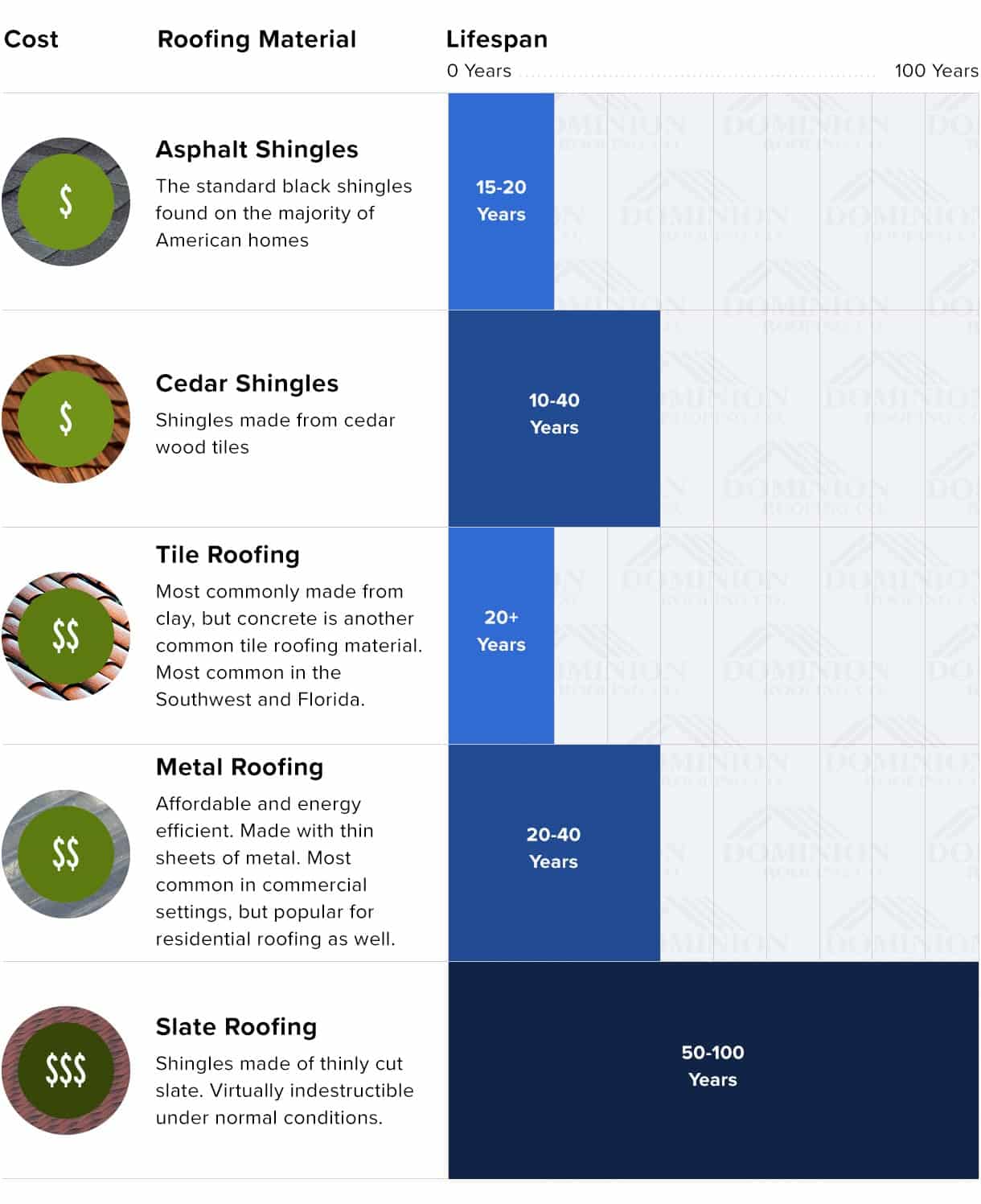Examining Different Photovoltaic Panel Types: Which Choice Is Many Proper For Your Home?
Examining Different Photovoltaic Panel Types: Which Choice Is Many Proper For Your Home?
Blog Article
Content Create By-Aagaard Rossen
When it pertains to picking the ideal photovoltaic panels for your home, the selections can be frustrating. Each kind supplies distinct benefits and trade-offs, making it important to identify which aspects align best with your goals. Whether your focus is on efficiency, cost-effectiveness, or appearances, there's a solar panel kind that can cater to your requirements. So, prior to you decide, take into consideration the essential facets that will influence your solar energy system's efficiency and suitability for your home.
Monocrystalline Solar Panels
When thinking about photovoltaic panels, you might discover monocrystalline photovoltaic panels. Read Full Report are known for their high performance rates as a result of their construction from a solitary continuous crystal framework. This design enables monocrystalline panels to perform much better in low light problems contrasted to other sorts of solar panels. In addition, their sleek black look makes them a prominent option for property installations, assimilating flawlessly with many rooftops.
One key benefit of monocrystalline photovoltaic panels is their room performance. They call for less room to generate the exact same quantity of electricity as other photovoltaic panel types, making them perfect for homes with restricted roof room.
While monocrystalline panels often tend to be more expensive ahead of time, their lasting resilience and performance commonly make them an affordable financial investment in the world of solar power. If you prioritize performance and visual appeals in your solar panel option, monocrystalline panels could be the ideal selection for your home.
Polycrystalline Solar Panels
Polycrystalline photovoltaic panels, also known as multicrystalline photovoltaic panels, supply an alternate option to monocrystalline panels. https://www.cleveland.com/news/2022/08/the-cost-of-installing-solar-panels-on-homes-and-businesses-just-got-cheaper-thanks-to-the-inflation-reduction-act.html are made from silicon crystals that are melted together, producing a less consistent look compared to monocrystalline panels.
One of the essential advantages of polycrystalline panels is their lower manufacturing cost, making them an extra budget-friendly choice for property owners wanting to buy solar power.
While see this may have a slightly lower effectiveness rate compared to monocrystalline panels, they still offer a dependable and cost-efficient way to generate solar energy for your home. These panels carry out well in high temperatures and are a sturdy option for a variety of climates.
If you have a larger roofing system room and are looking to maximize your power production without breaking the financial institution, polycrystalline panels could be the appropriate option for you.
When taking into consideration photovoltaic panel alternatives for your home, it's essential to weigh the cost-effectiveness and efficiency of polycrystalline panels versus your energy requirements and spending plan constraints.
Thin-Film Solar Panels
Moving on to Thin-Film Solar Panels, these panels use a special alternative to standard silicon-based options like polycrystalline panels. Thin-film panels are lightweight and adaptable, making them less complicated to install on numerous surfaces like rounded roofs or walls. They're likewise more cosmetically pleasing, assimilating perfectly with the design of your home.
Nevertheless, it's essential to note that thin-film panels generally have reduced effectiveness rates contrasted to crystalline silicon panels. This suggests you might require even more area to produce the same quantity of electricity.
On the bright side, thin-film panels do much better in low-light conditions and have a lower temperature coefficient, meaning they can create more power on hot days. If you have sufficient room and are trying to find a flexible and aesthetically appealing photovoltaic panel option, thin-film panels could be an excellent selection for your home.
Final thought
In conclusion, when choosing the most effective photovoltaic panel kind for your home, consider your power needs, spending plan, and room restrictions. Monocrystalline panels provide high performance in limited area, while polycrystalline panels offer a cost-efficient choice with dependable efficiency. Thin-film panels supply flexibility and aesthetic charm but may have reduced efficiency prices. By weighing these factors, you can pick the photovoltaic panel kind that ideal fits your specific requirements.
